- Home
- Home Insulation
- Diy Spray Foam Insulation
Are DIY Spray Foam Insulation Kits a Viable Option?
DIY spray foam insulation kits are gaining popularity as homeowners see them as a relatively quick and simple way of insulating their homes without having to spend a lot on specialist installers.
However, you should only go down this route once you’ve familiarised yourself with all the potential advantages and disadvantages of the many DIY spray foam insulation kits available.
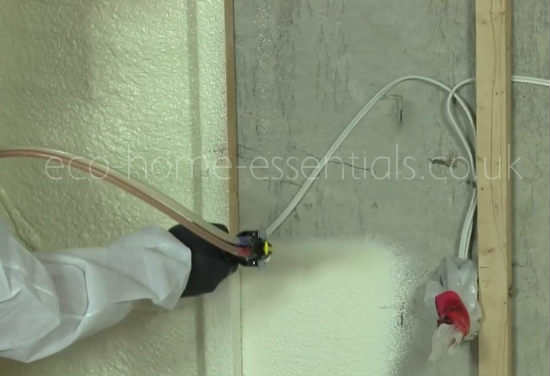
what are They?
The closed cell foam kits on the market are typically 2 component polyurethane foams and comprise of two canisters of chemicals (open cell kits tend to only have one canister).
The kits normally come with all hoses etc. and an application gun, which once connected to both canisters, mixes the chemicals as you spray the foam onto whatever areas you want to insulate i.e. wall, floor or loft areas.
As the chemicals mix, the blowing agent in the foam causes the bubbles to form and expand as it sticks to any surrounding materials such as timber battens, joists or floor boards etc.
How many kits will I Need?
The number or size of the spray foam kit you’ll require will depend on the area you need to insulate and the depth of insulation required.
All the manufacturers will provide figures showing what coverage you can expect from each kit when applied at a given depth.
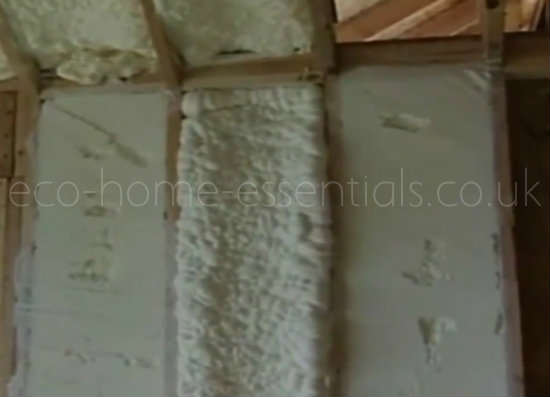
Is it easy to apply?
Like anything, it’ll get easier the more you apply. However trying to gauge the thickness can be difficult initially and you’ll probably end up applying it too thinly or too thickly initially, but it's not difficult and you'll pick it up quickly.
Typical Costs:
The cost of these insulation kits varies from supplier to supplier, but on average you should expect to pay in the region of £10 - £15/sq meter (at around 25mm thick) depending on the size of kit you order.
The bigger the kit, or the more kits you buy, the lower the price.
Do You need a vapour barrier?
Personally, I’d always advise the use of a vapour barrier when installing any kind of insulation. They stop water vapour from inside your home condensing inside the insulation where it will reduce the efficiency of the insulation and potentially lead to future problems.
However the closed cell foam insulation suppliers claim the closed cell foam will form it's own vapour barrier in the form of a "skin" on the finished insulation.
Open cell insulation on the other hand will definately need a vapour barrier.
If you're not sure what the difference is between open and closed cell insulation have a quick read through this article and then come back here to finish reading.
Disadvantages of DIY Spray Foam Insulation:
- Chemical reaction – the chemicals, once mixed undergo a chemical reaction which gives of fairly noxious chemicals. This is why all the manufacturers state that you must wear appropriate safety equipment, cover all exposed skin and only use in a well ventilated area etc.
- Difficult to remove - if you need to remove your DIY spray foam insulation at a later date for whatever reason, you’ll find that it’s very difficult to remove as it sticks really well to everything it touches during application.
At this stage you may not think it’s an issue, but think carefully before covering wires and services etc. - Potential to off-gas – as mentioned in the first point above, during the installation the chemical reaction will give of gasses.
However if applied incorrectly or too thickly there is a possibility that the gasses will be given off for a longer period, or in a different form from the manufacturers description.
Remember the manufacturers have tested it at a specific thickness in lab conditions. If you put it on thicker or thinner than they suggest it may react differently!
Advantages:
- Reduce underfloor draughts – if you’ve got a home with suspended timber floors, spray foam insulation can help reduce draughts from the sub-floor area and can be easier to install than traditional insulations as it sticks to the underside of the floor boards.
- General draught proofing – as mentioned above this type of insulation can be a good draught stopper. As it’s sprayed onto the surfaces of your home it gets into the very small nooks and crannies’ meaning it’s very good at filling those hard to reach holes that let in draughts.
- Closed cell foams offer better vapour resistance – many of the manufacturers will say that you don’t need a vapour barrier with their closed cell foams.
- Added structural strength - closed cell foams can add structural rigidity to the structure making it stronger.
Conclusion:
If you decide that DIY spray foam insulation kits are right for your needs, do your research and if possible speak to people or get recommendations from people who’ve used it.
Measure the area you need to insulate carefully and plan how you’re going to get access if the working area is restricted. Decide if you want to install a vapour barrier (they go on the warm side of the insulation).
Decide if you want to go for closed cell foam or open cell foam. Personally I’d suggest the closed cell foams are the better option as they should offer better thermal performance and they should be more resistant to vapour penetration.
But the most important advice I can offer is to understand the risks and if you do proceed, wear the proper safety equipment including a high quality respirator. The chemicals used will give off toxic gasses (even the water blown types) so please be safe.
Also make sure you don’t occupy your home after installation for at least the time period recommended by the manufacturers of the spray foam insulation that you’ve chosen.
If you're still not convinced you could always get a professional to install it for you.
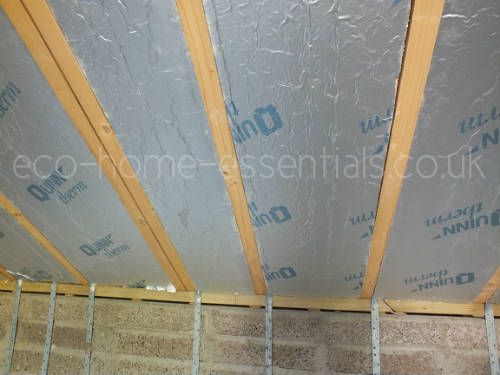


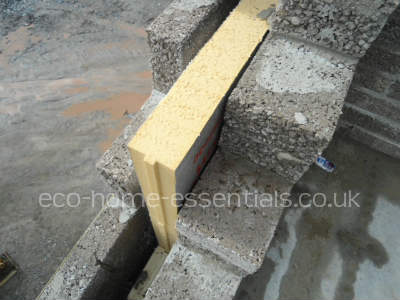
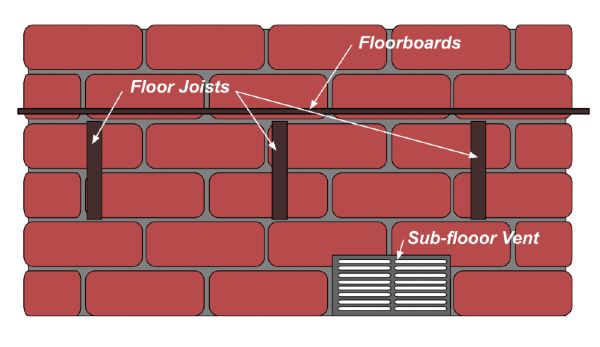
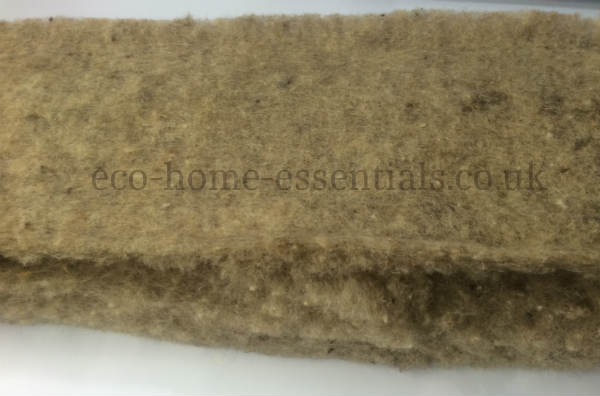
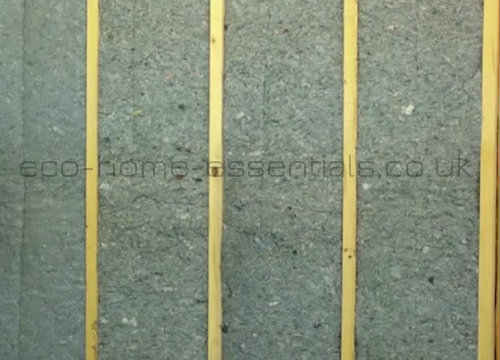

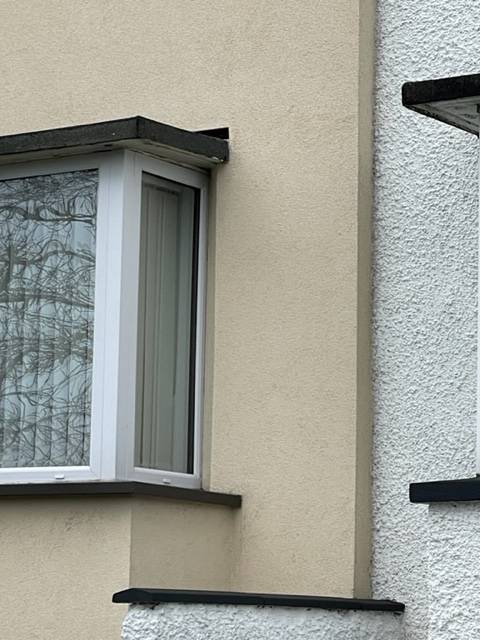
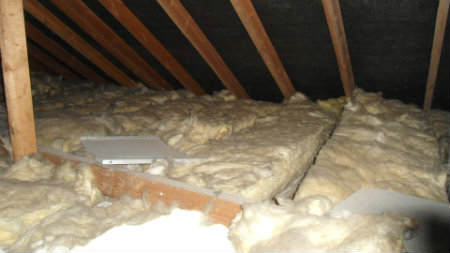


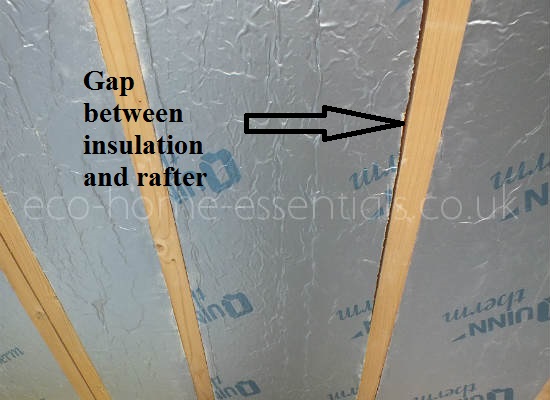





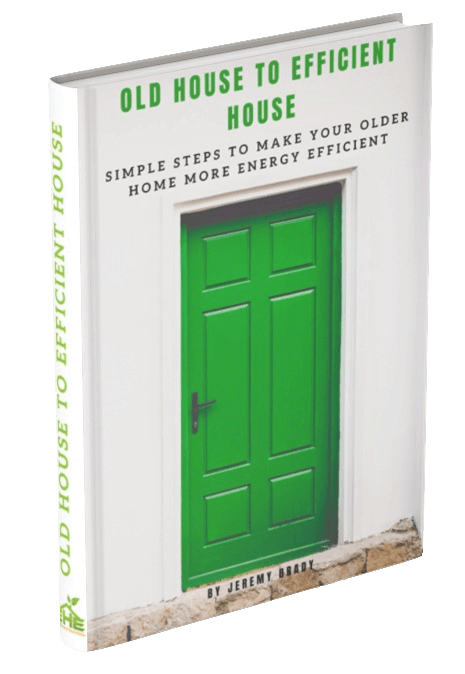




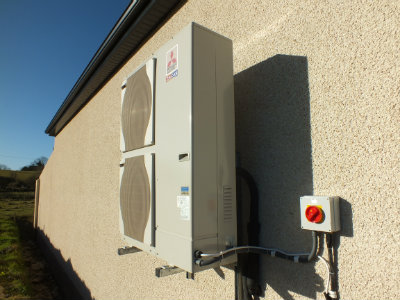

New! Comments
Have your say about what you just read! Leave me a comment in the box below.